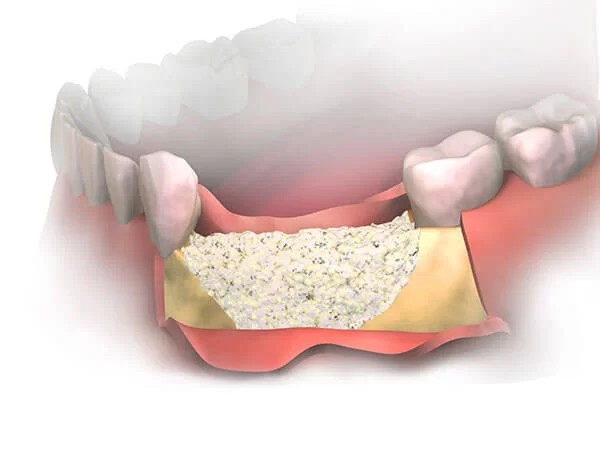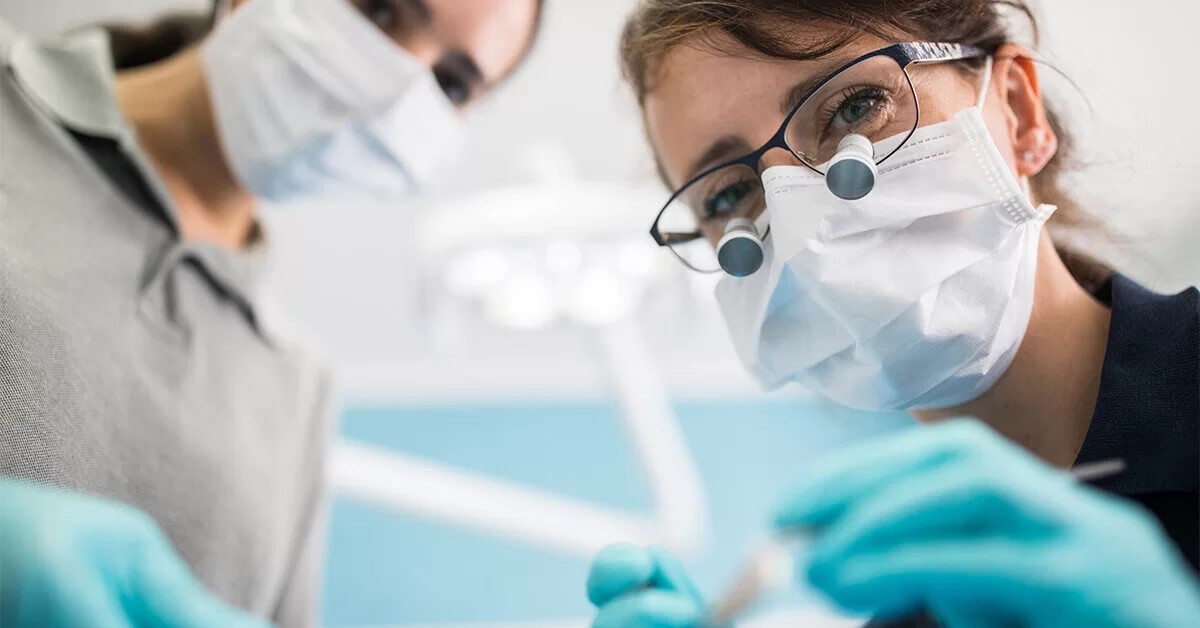Before starting dental implantation, it is necessary to conduct a bone tissue examination, since a stable foundation, i.e. bone, is required for the long-term preservation of a dental implant.
Those who plan to install an implant should not postpone implantation for many years, since in the absence of a tooth, the gum and bone in the place of its absence begin to atrophy over time. If there is not enough bone tissue for implantation, then replacement of the bone will be required to install a permanent prosthesis.
The patient does not experience pain during the bone grafting procedure. In most cases, the operation is performed under local anesthesia, but it can also be performed under general anesthesia.
There are several types of bone grafting:


Artificial bone plastic material is made from synthetic, alloplastic material, which is mainly composed of hydroxyapatite. It is completely biocompatible, as it is one of the natural components of dental tissue.
Natural bone plastic material is disinfected bone tissue of animal origin, enriched with essential minerals. During the so-called "directed tissue regeneration", the human body identifies the replacement material as natural bone tissue. Thanks to the added components, the material adapts to the patient's bone tissue and begins to grow in the gap until it fills it completely. The bone-plastic material fuses with the surrounding area and becomes part of the body within 6-8 months.
During the bone grafting procedure, we fill in our own bone material when there is not enough bone tissue to perform the implantation.
In the process of bone grafting, we use either biomaterials or obtain our own bone from other areas in the mouth.
1. In most cases, a bone-plastic granulate is used. This method has a high degree of success, as these drugs stimulate and promote the formation of new bone tissue in this area. These areas, supplemented with bone granulate, are covered with a collagen membrane and left for healing.
2. It is also possible to use a bone transplant for bone grafting. In this case, we take a bone block of the required size from a certain area of the jaw, which is fixed with titanium screws in the right place and covered with special membranes, the choice of which depends on the case. The bone grafting procedure is performed under sterile conditions and can be performed under local anesthesia, as well as using sedation. The average healing time is 3 to 6 months. The choice of bone grafting procedures (for example, lateral augmentation, sinus lifting) depends on the individual case and is developed based on the evaluation of the Cone Beam CT before the intervention.
